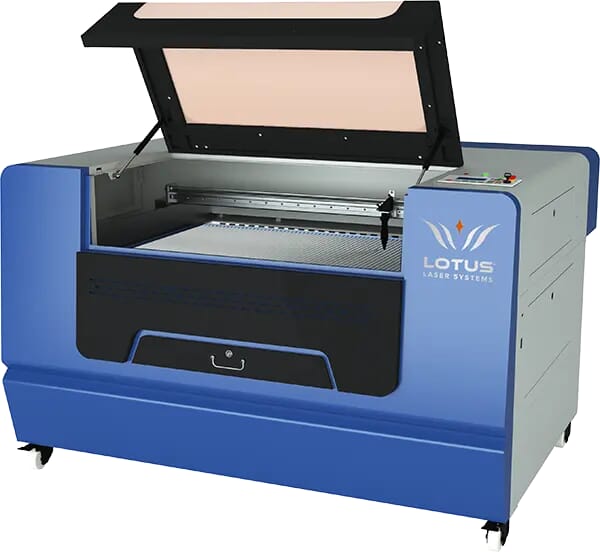Impossible Results
UV lasers operate at a wavelength of 355nm, which is absorbed by a wider range of materials than other laser types. This means that a single UV laser can engrave on leather, wood, plastics, metals, and even specialised materials like borosilicate glass. UV lasers can also cut thermally resistant materials such as carbon fibre, offering a level of versatility that’s very hard to beat!
UV lasers also stand out for their unique interactions with certain materials, below are just three examples:
- Glass: UV lasers are absorbed by glass, unlike CO2 lasers which can cause cracking or fracturing. UV lasers vaporise the glass, creating a true engraving with a frosted appearance that no other technology can replicate in detail.
- Wood: UV lasers produce less heat during the engraving process, leading to minimal burning around the edges. Although UV engravings on wood are lighter in colour, the fine detail achieved is far superior to other methods.
- Silicone: UV lasers can change the colour of silicone without ablating it, which means no debris, no need for post-engraving cleaning, and no unpleasant odours. This makes UV lasers ideal for high-detail projects like engraving QR codes on silicone wristbands for security passes at events.























